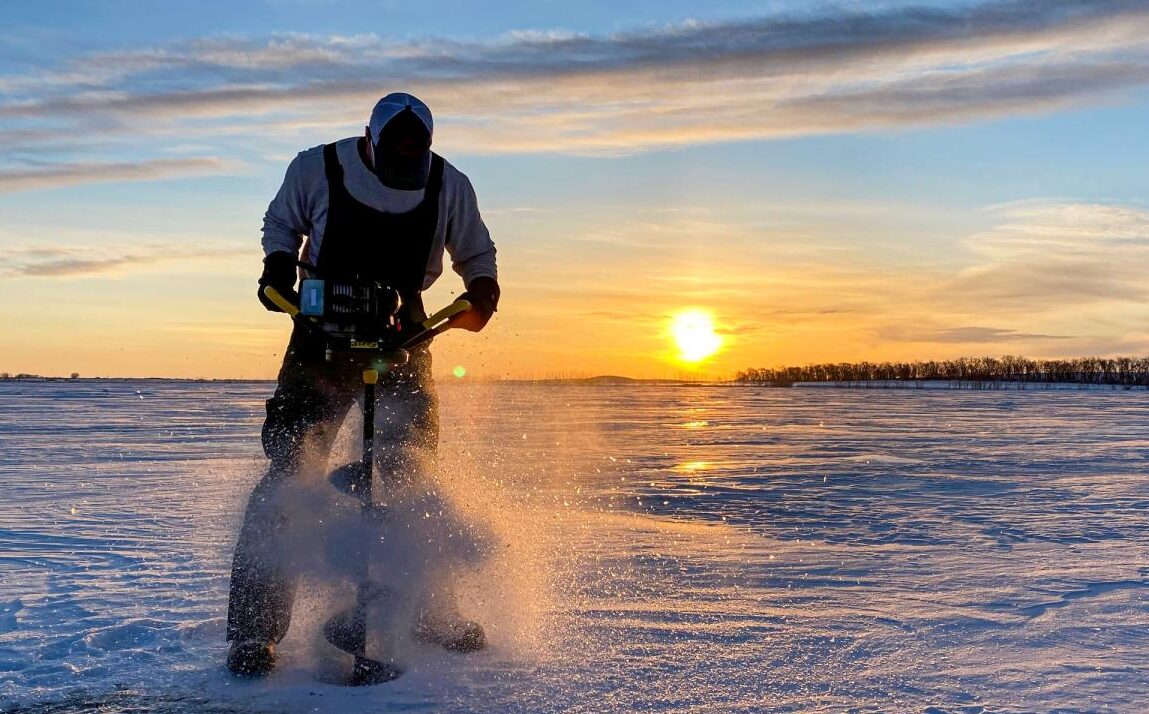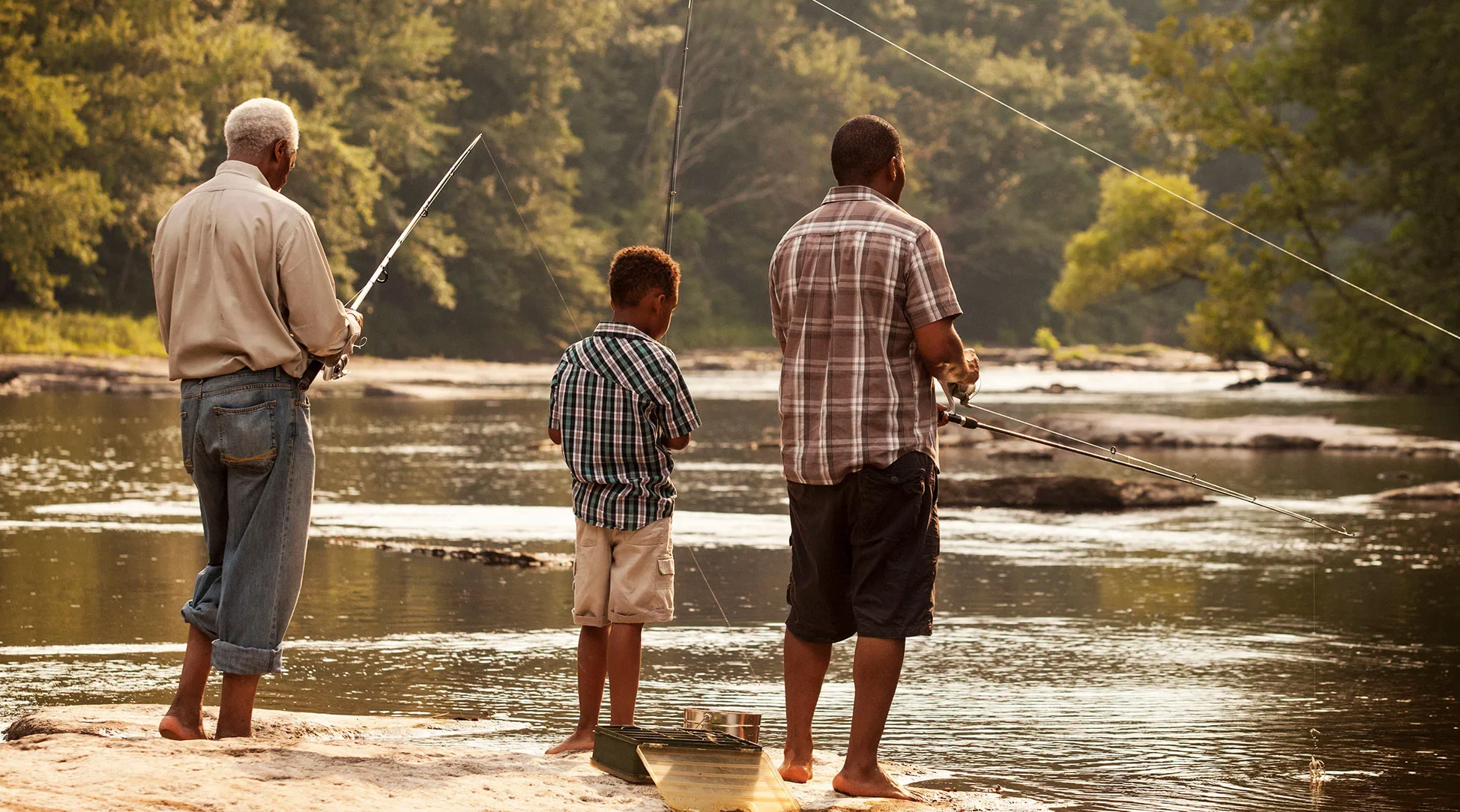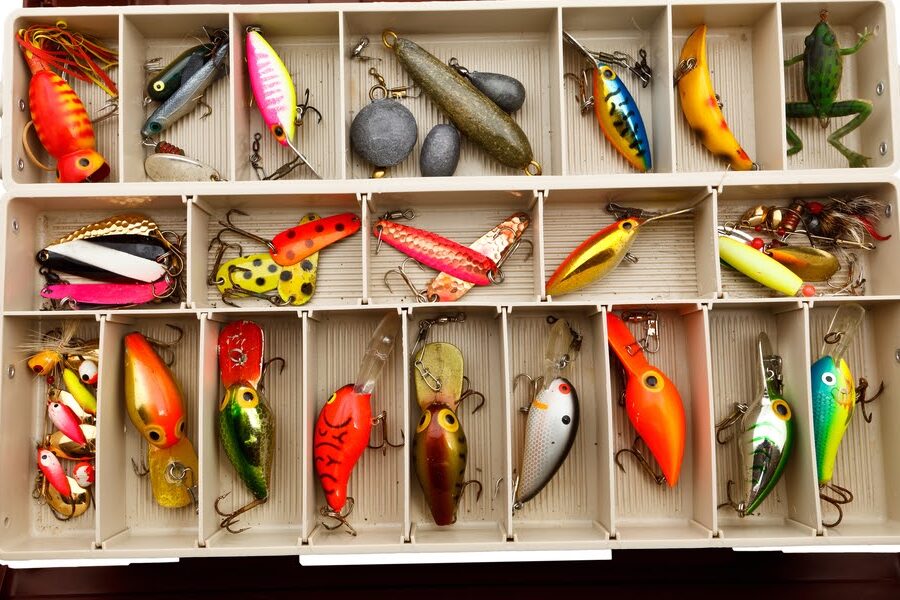Are you ready to take your ice fishing game to the next level? If so, then it’s time to set your sights on landing a monster Northern Pike! Known for their size and fight, these fish can provide an adrenaline rush like no other. But how do you increase your chances of hooking one? In this blog post, we’ll give you tips on finding the best locations for pike, what gear is needed, and which bait/lures are most effective. Plus, we’ll cover techniques for setting that hook and getting those big fish through the ice safely. So grab some hot cocoa and get ready to learn how to target Northern Pike like a pro!
Location, Location, Location: Where to Find Northern Pike
The first step to catching a Northern Pike is knowing where to look. These fish tend to thrive in colder waters, so it’s no surprise that they are found in the northern regions of North America and Europe. But within those areas, pike have specific preferences when it comes to habitat.
One key factor is water depth. Pike like depths of 15-30 feet for their winter feeding grounds. Look for drop-offs or other areas where the lake floor drops off quickly from shallow water into deeper waters.
Another important feature is vegetation. Pike often lurk around reed beds, weed lines or other submerged plants as a way to ambush prey such as smaller fish and crayfish.
Pike may also be found near structures such as rocks or logs. These offer hiding places and cover for the predator fish while waiting for unsuspecting prey.
Don’t overlook any inflows or outflows in the body of water you’re fishing on – these can provide prime spots for pike activity.
The Right Gear for the Job
When it comes to ice fishing for Northern Pike, having the right gear is essential. Here are some tips on what gear you’ll need to land these monster fish.
Firstly, you’ll need a good quality ice fishing rod and reel. A medium-heavy action rod in the 36-40 inch range is ideal for pike fishing through the ice. Pair this with a sturdy spinning reel that has a good drag system and can handle heavier line.
Next up is your line choice – braided line is recommended as it has low stretch and high sensitivity which means you can feel even subtle bites from pike lurking below. Choose a test weight of at least 20 pounds to ensure your line won’t snap under the weight of these powerful fish.
As far as terminal tackle goes, use heavy-duty fluorocarbon leaders with wire bite guards to protect against sharp teeth. Treble hooks work well for live bait while jigs tipped with soft plastic baits or minnows are effective when jigging.
Invest in an insulated shelter as well as warm clothing and footwear to keep yourself comfortable during long days out on the frozen lake. Remember, being prepared with the right gear will increase your chances of landing that trophy-sized Northern Pike!
Bait and Lures: What Works Best for Pike?
When it comes to bait and lures for Northern Pike, there are a variety of options available. One popular choice is live bait such as minnows or suckers. These can be hooked through the lips or back and allowed to swim freely on a tip-up rig. Another option is dead bait, such as frozen smelt or herring, which can also be rigged on a tip-up.
Artificial lures are also effective for targeting pike through the ice. Large spoons in silver or gold colors mimic baitfish and can be jigged aggressively to entice strikes from these aggressive predators. Soft plastic baits in bright colors with paddle tails can also work well when slowly jigged near bottom structure.
Some anglers swear by using large musky-sized lures when targeting trophy pike through the ice. These can include glide baits, jerkbaits, and topwater plugs that imitate larger prey like ducks or muskrats.
Ultimately, finding what works best for you will require some experimentation and patience on the ice. Don’t be afraid to switch up your approach if you aren’t getting any bites – sometimes small changes like adjusting your presentation depth or lure color can make all the difference in landing that monster northern pike!
Set the Hook: Techniques for landing big pike through the ice
When it comes to landing big Northern Pike through the ice, setting the hook properly is crucial. The key is to be patient and wait for the right moment.
One technique is to use a quick upward motion when you feel a tug on your line. This will help set the hook firmly in the fish’s mouth. Another method involves waiting until you feel continuous pressure on your line before giving a sharp yank upwards.
It’s important not to jerk too hard or too soon as this can cause the pike to spit out your bait or lure. Instead, wait until you feel that solid connection between your hook and their jaw before reeling them in slowly but steadily.
If you’re using live bait, make sure not to give too much slack in your line as this can allow the pike to swallow it whole – making it more difficult for you to remove it without harming either yourself or the fish.
By mastering these techniques and being patient with each catch, you’ll soon be able to land those monster-sized Northern Pike through even thick layers of ice!
Pike Safety: How to avoid getting bitten
Fishing for northern pike through the ice can be an exhilarating experience that requires skill, patience, and the right equipment. By following our tips on finding the best locations to fish, using the right gear and bait or lures, setting your hook correctly, and practicing safety measures to avoid getting bitten by a pike, you’ll have everything you need to land monster fish through the ice.
Remember always to use caution when fishing in cold temperatures as falling through thin ice is a real danger. Always check local conditions before heading out onto any frozen waterway. With these tips in mind, get ready to head out onto the ice for an unforgettable adventure chasing after northern pike!


